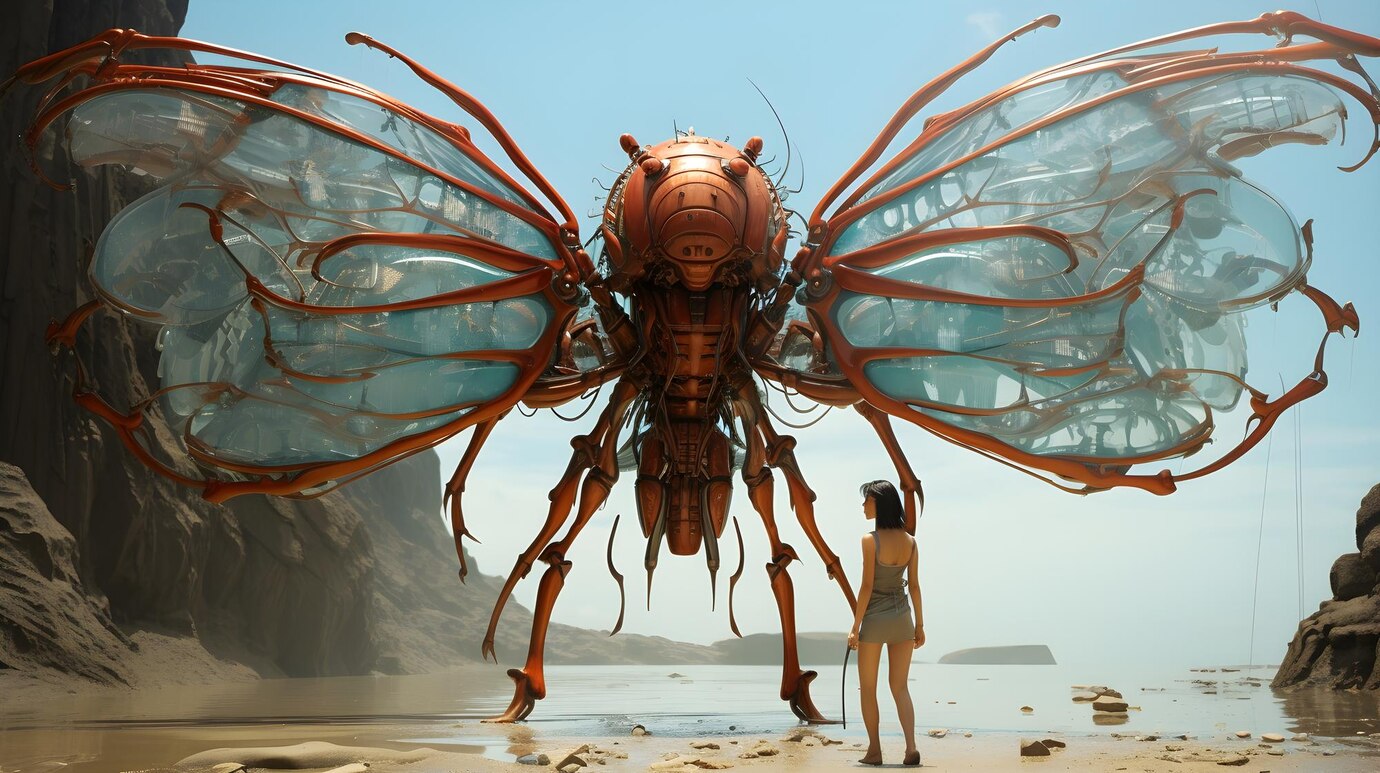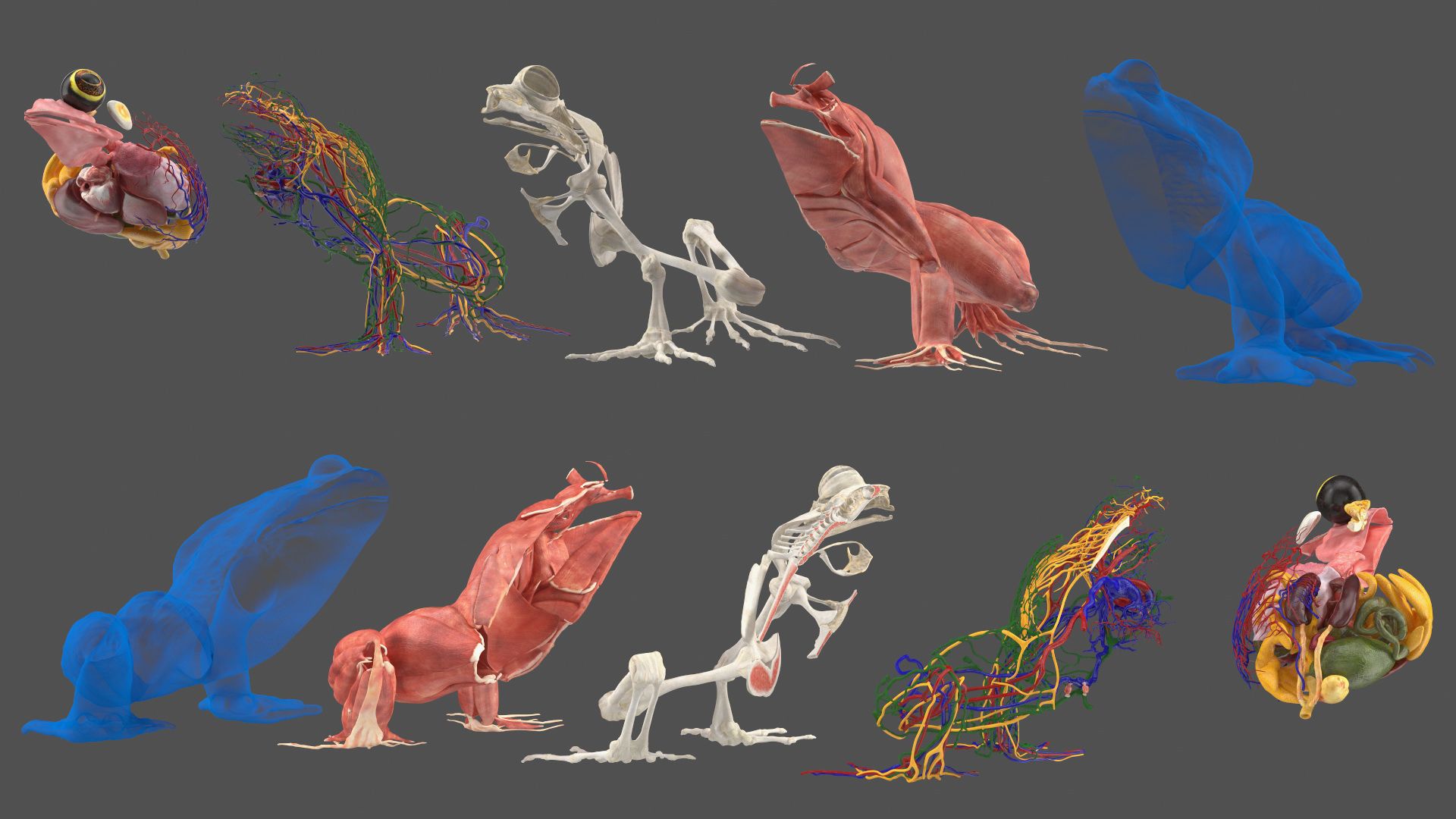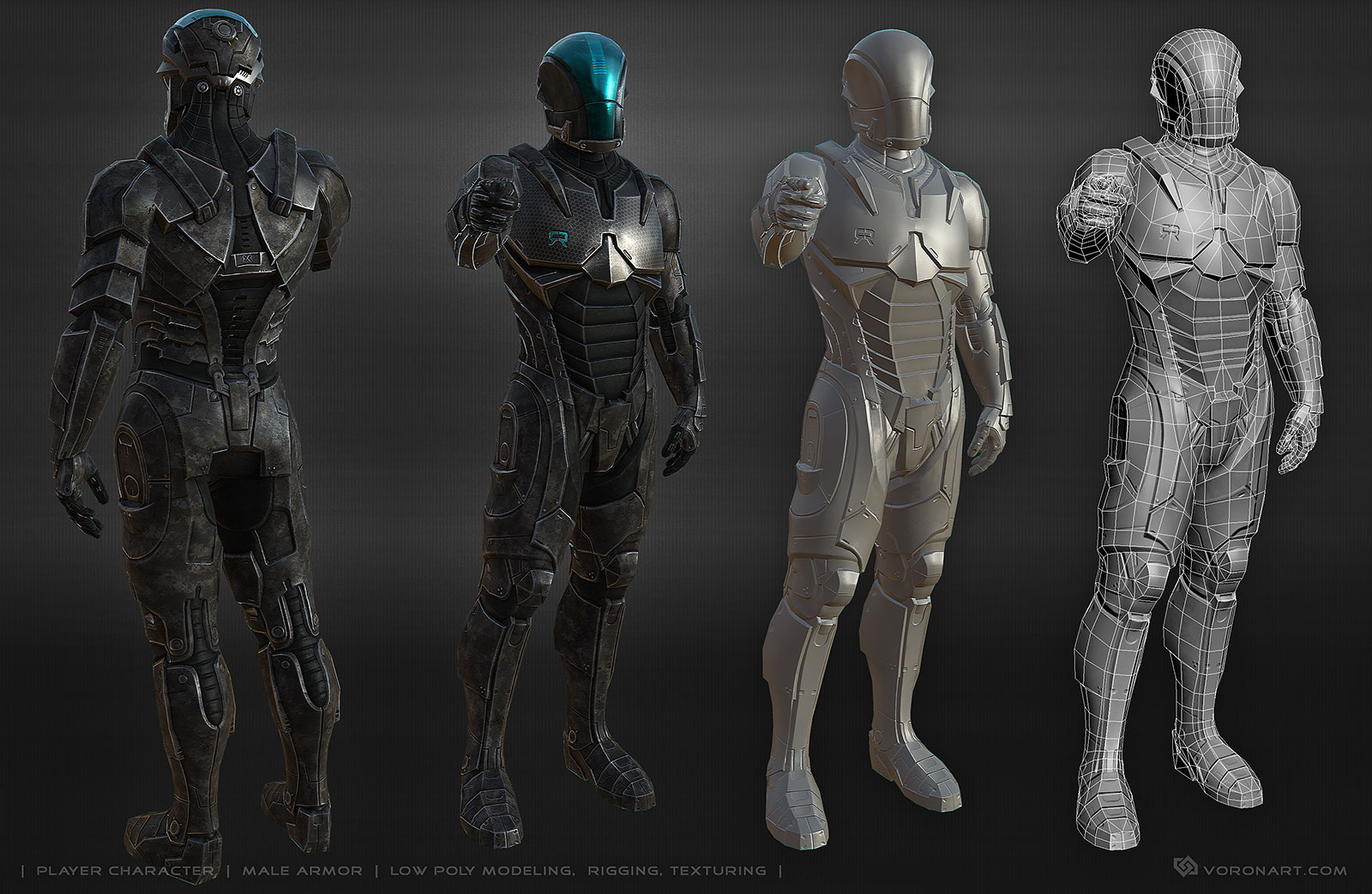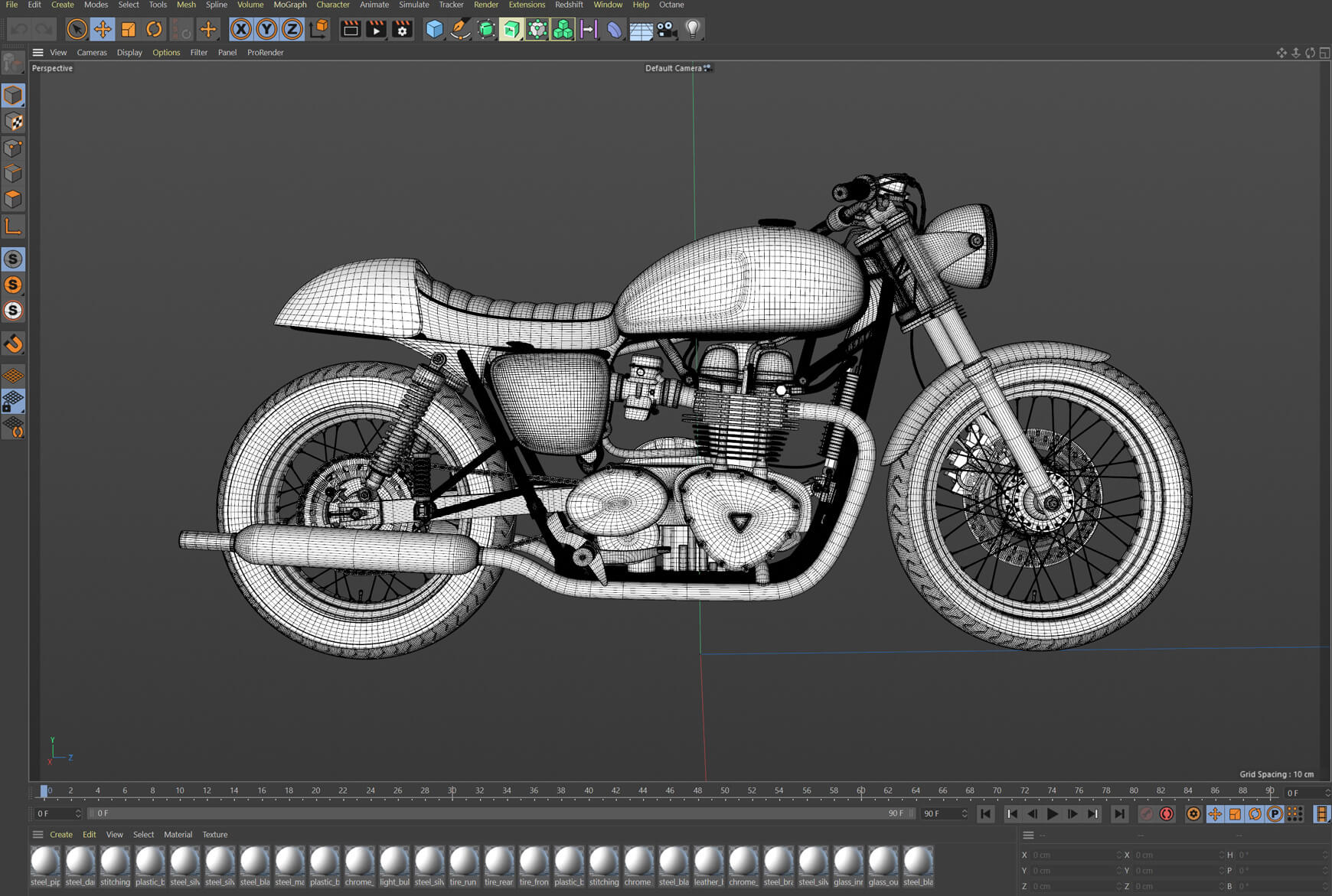
Taking Arts to New Heights: The Use of 3D Models
Art has consistently been the soul’s voice, an expression of creativity and innovation, a universal language transcending cultural barriers. Today, a revolutionary tool is transforming the landscape of artistic expression – 3D modeling. This form of artistry is not only breaking through the two-dimensional limitations of the canvas but is also engaging audiences like never before. Here’s an exploration of how we are taking arts to new heights using 3D models.
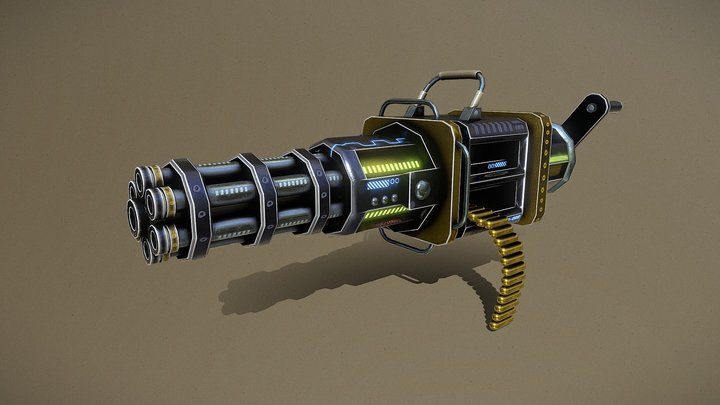
Opening New Dimensions in Craftsmanship
3D modeling has unlocked a world where imagination knows no bounds. Artists can now explore dimensions previously limited by physical constraints. This digital revolution gives rise to intricate creations that leap off the 2D plain and evolve into tangible objects. From conceptualizing designs to final touches, 3D models breathe new life into creative visions, transforming imagination into existence.
Bringing Art to Life
3D models have the unique advantage of injecting motion into artworks. Be it the subtle movement of a character in a digital painting or a dynamic simulation of an architectural design; the magic of movement sparks dialogue between the artwork and its audience. The fusion of dynamics and artistry makes the viewing experience more immersive, memorable, and meaningful.
The Art of Realism
With the power of 3D modeling, artists are capable of rendering unprecedented levels of detail and texture in their creations. The ability to replicate the delicate feel of skin, the rough texture of stone, or the glossy sheen of metal offers a fascinating degree of realism. Through this heightened reality, 3D models can invoke a physical connection and emotional response, enhancing the overall artistic experience.
Interactive Exhibitions
Digital art exhibitions have flourished in recent years. These interactive galleries employ 3D models to construct unique spaces, structures, and exhibits that visitors can explore and interact with at their own pace. This innovative approach fosters a sense of discovery and personal engagement, amplifying the appreciation for the artist’s work.
Reviving the Past
3D modeling is blazing trails in archeology and history by giving us the power to recreate and explore objects or places that have been lost to time. Artists can digitally restore decayed artifacts, rebuild ruined buildings, or even reconstruct historical events. This bridge between art and history allows us to peer into past cultures, contributing to cultural preservation, and giving archival artistry a new lease of life.
Training the Artists of Tomorrow
Educational institutions have begun to incorporate 3D modeling into their curricula to cultivate next-gen artists. These digital skills not only prepare students for evolving art spaces but also encourage creativity, problem-solving, and spatial thinking. As a result, we are nurturing a new generation of artists who are ready not just to partake in their field authentically but also to advance it in unprecedented ways.
Barrier-breaking Accessibility
The advent of 3D modeling and printing has broken the barriers of accessibility that often surround traditional art forms. Artists can now share their creations with the world at the click of a button, offering art enthusiasts the chance to experience these masterpieces without geographic limitations.
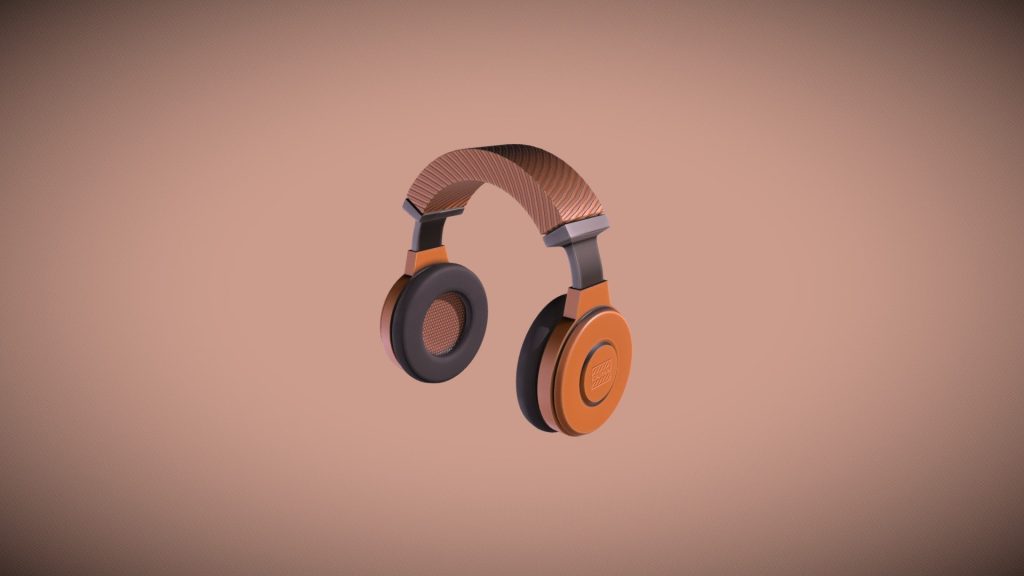
Conclusion
The use of 3D models in art is a groundbreaking journey that transcends the traditional boundaries of artistic expression. It is a bold leap into the digital age, infusing our visual and immersive senses, fostering intellectual curiosity, and elevating our appreciation of the artistic world. By taking arts to new heights, 3D modeling enriches our cultural narrative and shapes the future trajectory of how we create, perceive, and interact with art. With every digital brush stroke and every polygon shaped, artists are not simply creating objects or scenery; they are crafting experiences, memories, and emotional landscapes that expand our understanding of what is possible in this extraordinary juncture of art and technology.

